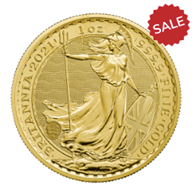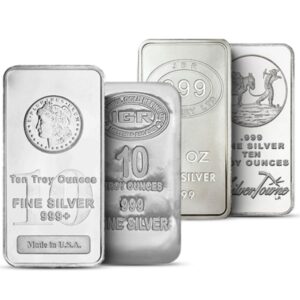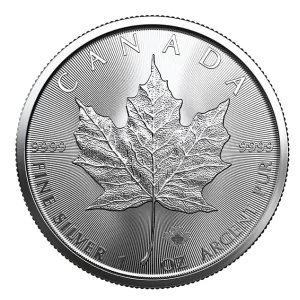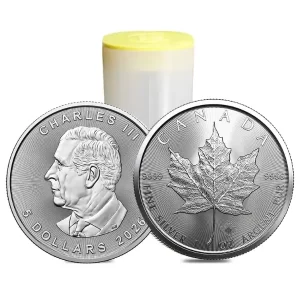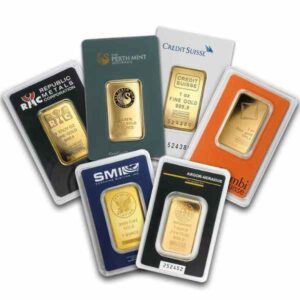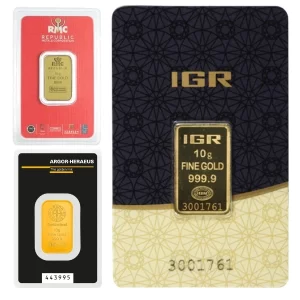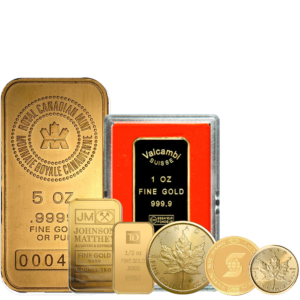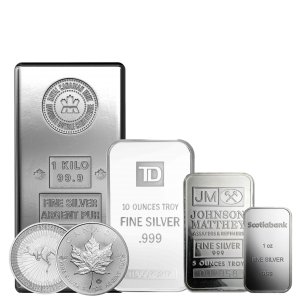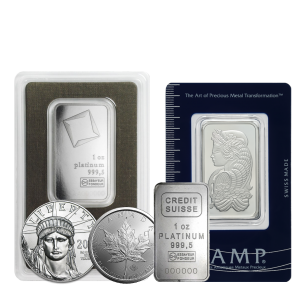The Federal Reserve’s Role in U.S. Monetary Policy
Since December 23rd, 1913, the Federal Reserve has been responsible for U.S. monetary policy. Its primary mandates are to keep inflation below 2% and maintain low unemployment. As the world’s reserve currency, the USD’s fluctuations impact most countries. This gives the Federal Reserve enormous influence. They can wield the USD as a weapon through restrictive policies or by imposing sanctions on countries, restricting their access to U.S. dollars. However, despite its role in maintaining stability, the Federal Reserve’s ability to print fiat currency freely has disrupted the economy. The market can no longer operate as a true free market, as it’s heavily influenced by the amount of USD in circulation.
Profiting from Federal Reserve Policies
If you have inside information on Federal Reserve policies, you can profit significantly from economic booms and busts. When the economy thrives, profits are harder to come by. But during a bust, the wealthy transfer the savings of the many into their hands. As Mike Maloney says, “money is neither created nor destroyed, it is merely transferred.” The 2020 crash, caused by global lockdowns, wasn’t the first time the rich got richer during a financial crisis. The Great Depression also created a record number of millionaires. In fact, during the 2020 lockdowns, more billionaires were created than ever before, with a new billionaire added to Forbes every 17 hours.
The Wealth Transfer During Economic Crises
How did the rich manage to get wealthier during these financial crises? They positioned themselves in the right assets ahead of time while the public was encouraged to invest in the wrong ones. The wealthy typically ride the stock market to high levels until the public buys in out of FOMO (Fear of Missing Out). At this point, they liquidate their holdings and buy physical assets like silver and gold, which perform well when stocks plummet. During market crashes, illusionary wealth moves into real wealth—such as silver, gold, property, and businesses.
The Federal Reserve’s Current Dilemma
Our past newsletter discussed how the Federal Reserve is currently stuck. Here, we will explore this further and emphasize why it’s crucial to hold wealth outside the system, specifically in silver and gold.
The Federal Reserve’s Balance Sheet and Economic Tools
Understanding the Federal Reserve’s balance sheet is essential to grasp how it manipulates the economy. When the Fed expands its balance sheet by purchasing government debt or mortgage-backed securities, it essentially prints money, injecting new liquidity into the economy. This process, known as Quantitative Easing (QE), can cause massive inflation if not managed properly. Conversely, Quantitative Tightening (QT) occurs when the Fed lets securities and Treasuries mature, reducing the money supply.
The Fed’s Role in Booms and Busts
Looking back, the Federal Reserve has consistently caused booms and busts. From 1980-2000, the Fed lowered the Federal Funds Rate from over 19% to 2.96%, sparking the tech bubble. In 2000, the Fed’s balance sheet was about $500 billion, allowing stimulus injections without major disruptions. However, by late 2007, after another economic boom, the Fed raised rates to 5.26% to combat inflation. This led to the 2008 financial crisis, prompting the Fed to reduce rates to 0% and expand its balance sheet from $850 billion to over $4.5 trillion by 2015.
The Current Fed Crisis: Inflation and a Massive Balance Sheet
In contrast to 2000 and 2008, the Federal Reserve now faces inflation over 5% and a swollen balance sheet nearing $9 trillion. The Fed’s balance sheet increased from $850 billion to $4.1 trillion by 2020, as it sought to control inflation between 2015 and 2020. Then the pandemic hit. In less than one year, the Fed expanded its balance sheet by $4.8 trillion, doubling the USD in circulation. This led to soaring inflation. Currently, the Fed is raising rates rapidly to combat inflation, but they need to shrink their balance sheet simultaneously. The question is: can they balance both?
The Risks Ahead: The Fed’s Options
At a recent speech, Jerome Powell hinted that rate hikes may slow, but much work remains to curb inflation. With a balance sheet this large, the Fed faces tough choices. They can sell assets, which would devastate an economy starved for liquidity, or they can halt rate hikes, leading to even higher inflation. Historically, we haven’t seen inflation this high with interest rates at such levels. The last time was in 1980, when interest rates were still well above inflation.
Silver and Gold’s Historic Performance
Since 2000, silver has risen by 351.72%, and gold by 583.17%. These gains occurred during a period when the Federal Reserve had to inject $8.5 trillion into the economy through QE, increasing the money supply by 1,600% in just 23 years. If the Fed is forced to stimulate the economy again, silver and gold prices will likely soar, as they have in the past. No other asset class has preserved wealth as well as physical precious metals over the past two decades.
Why You Should Invest in Physical Precious Metals
If the Federal Reserve begins another round of QE to stimulate the economy amidst persistent inflation, silver and gold prices will rise. Holding wealth in physical form—especially silver and gold—is crucial for protecting your savings. These metals have held value for over 5,000 years, enduring all booms and busts. By securing your wealth in physical precious metals, you simplify the process of wealth preservation, especially in times of financial uncertainty.
This week, we’re offering a special sale on our 1oz Circulated Gold Britannias—ideal for securing wealth at the lowest premium possible.
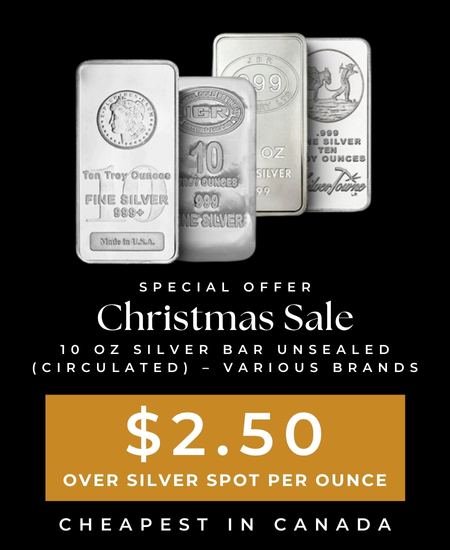
 Hi,
Hi,

